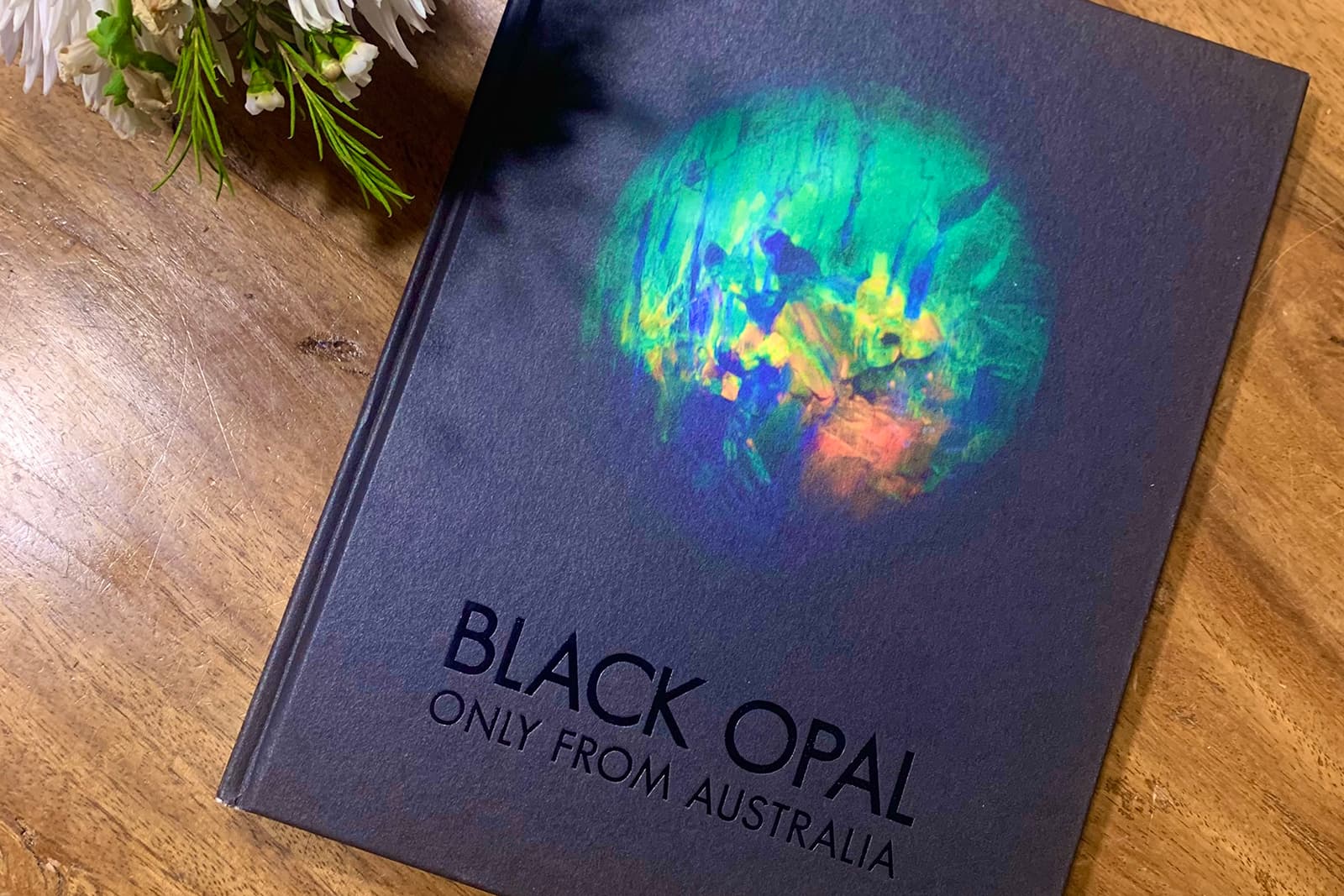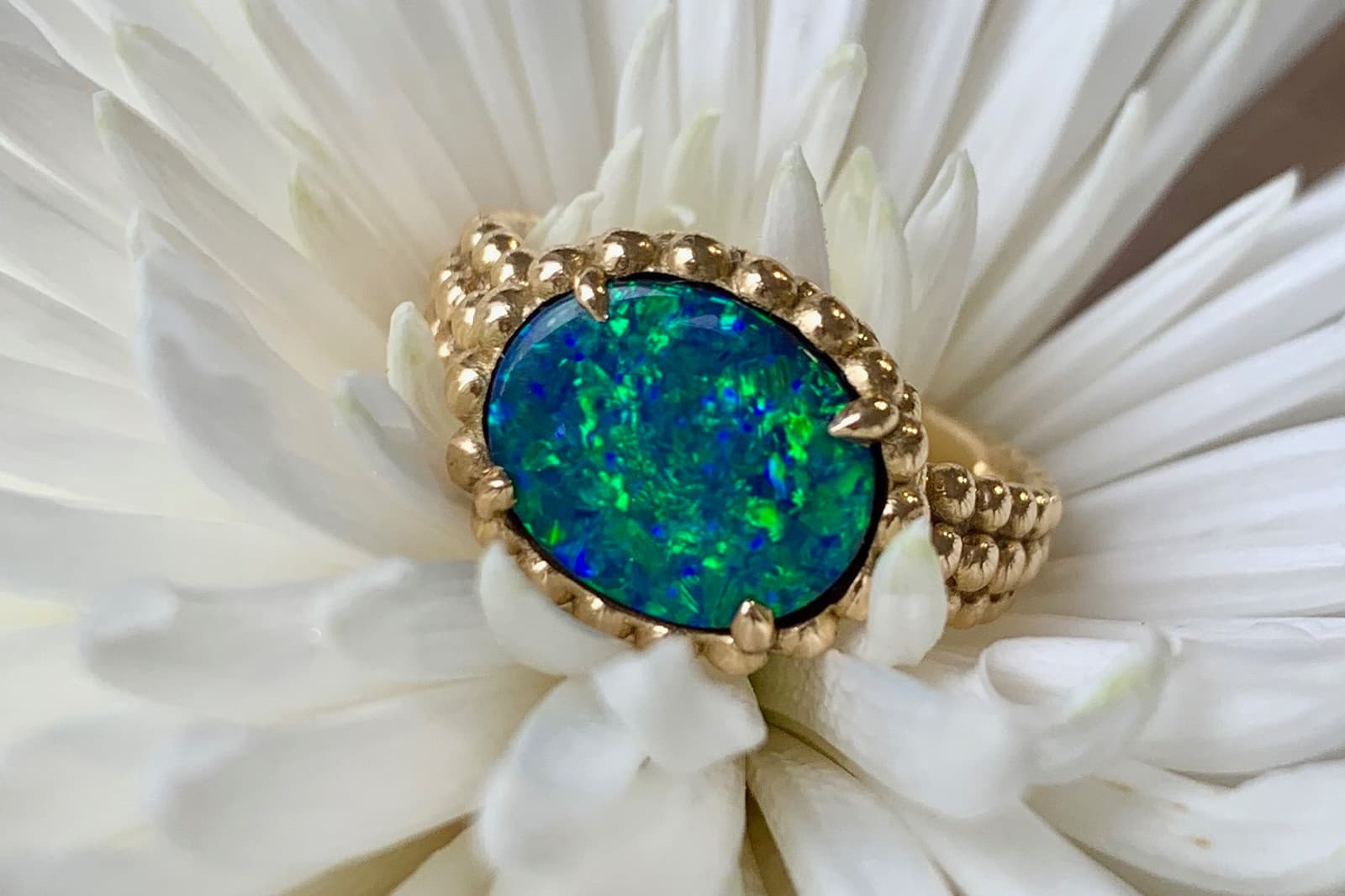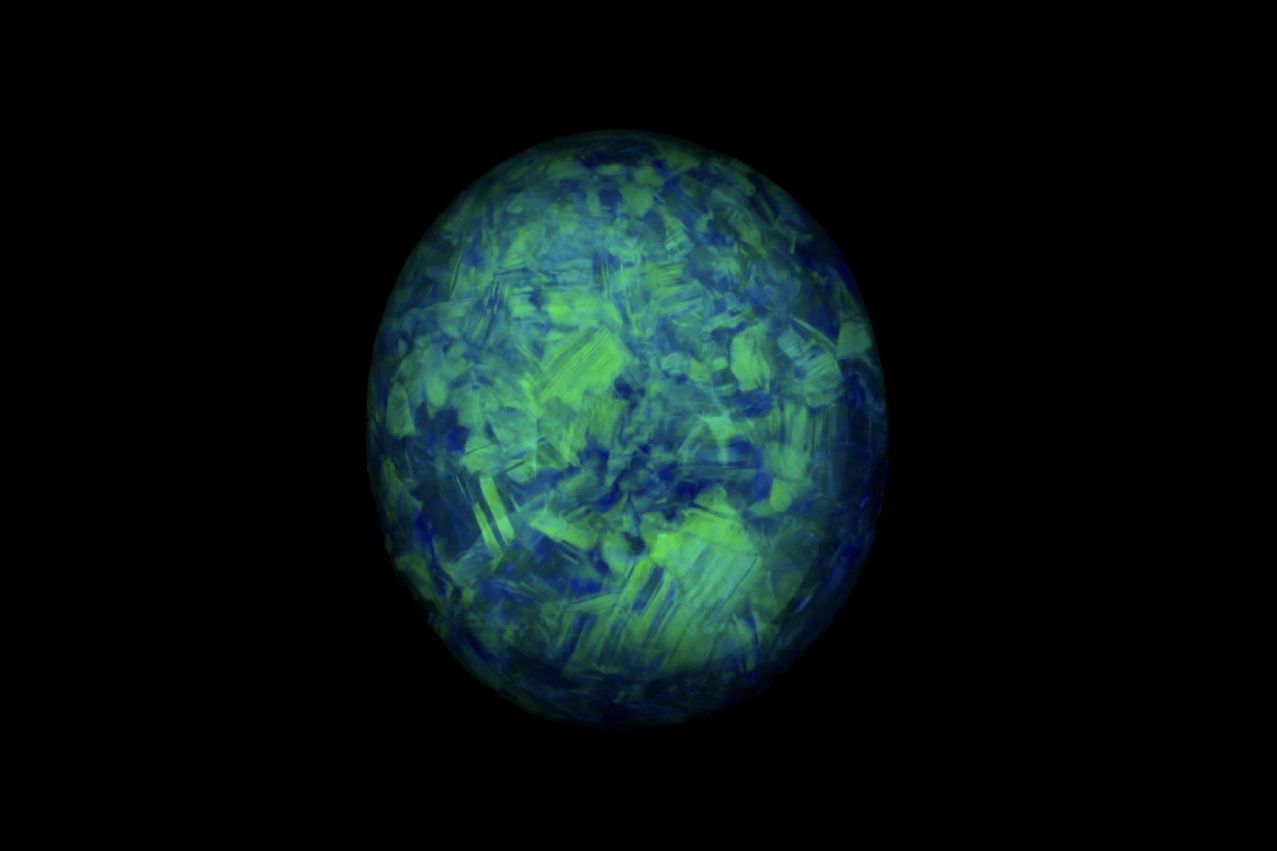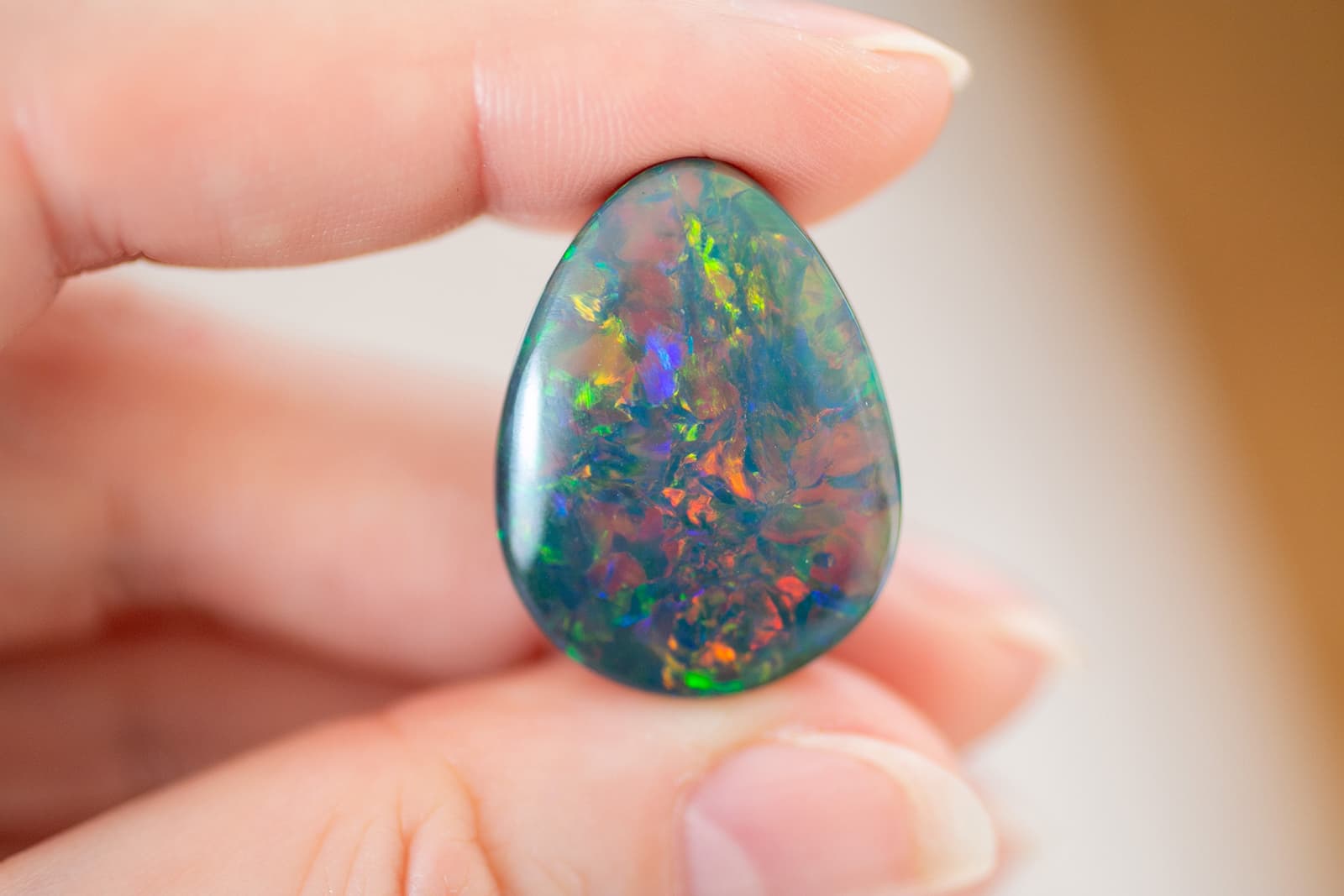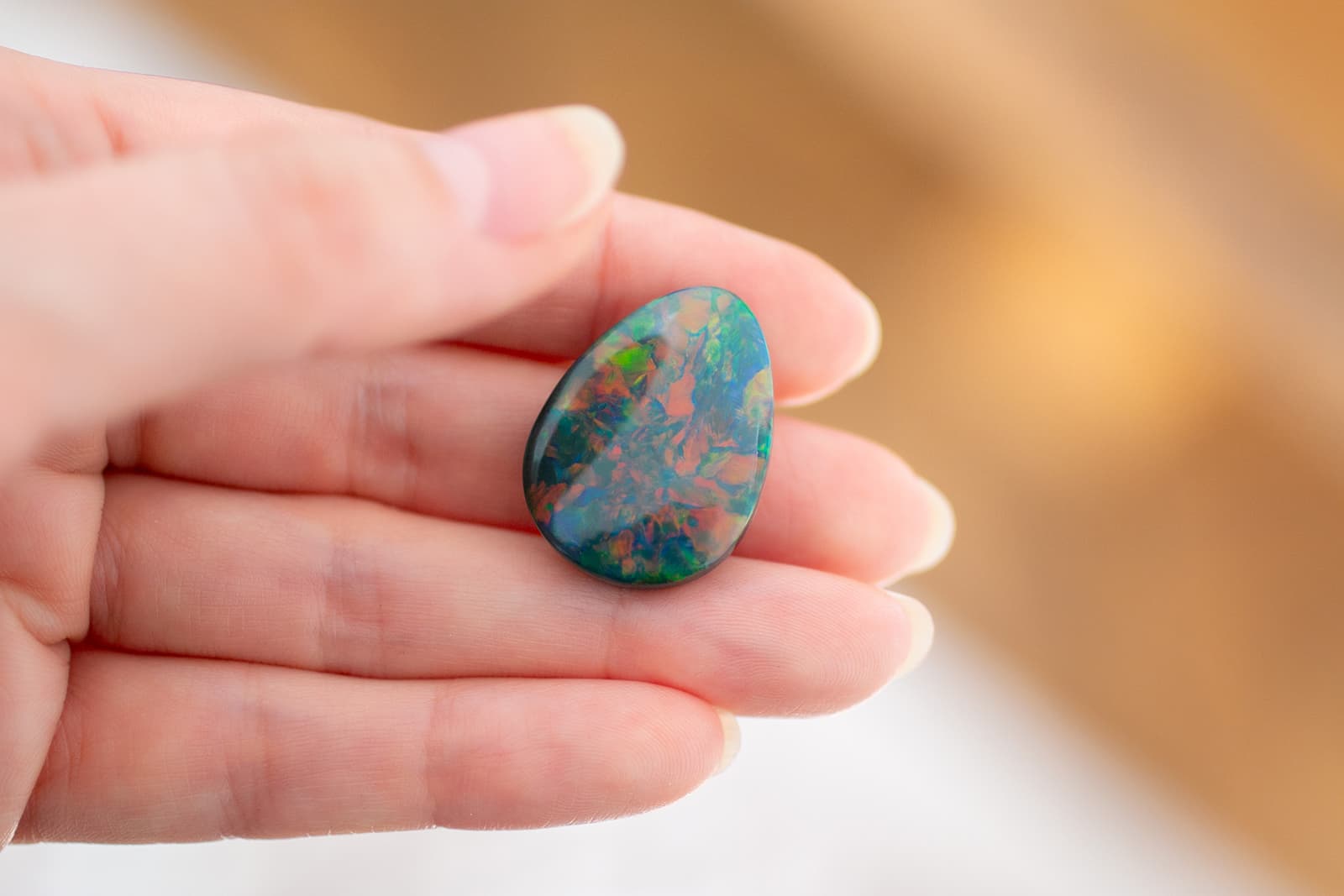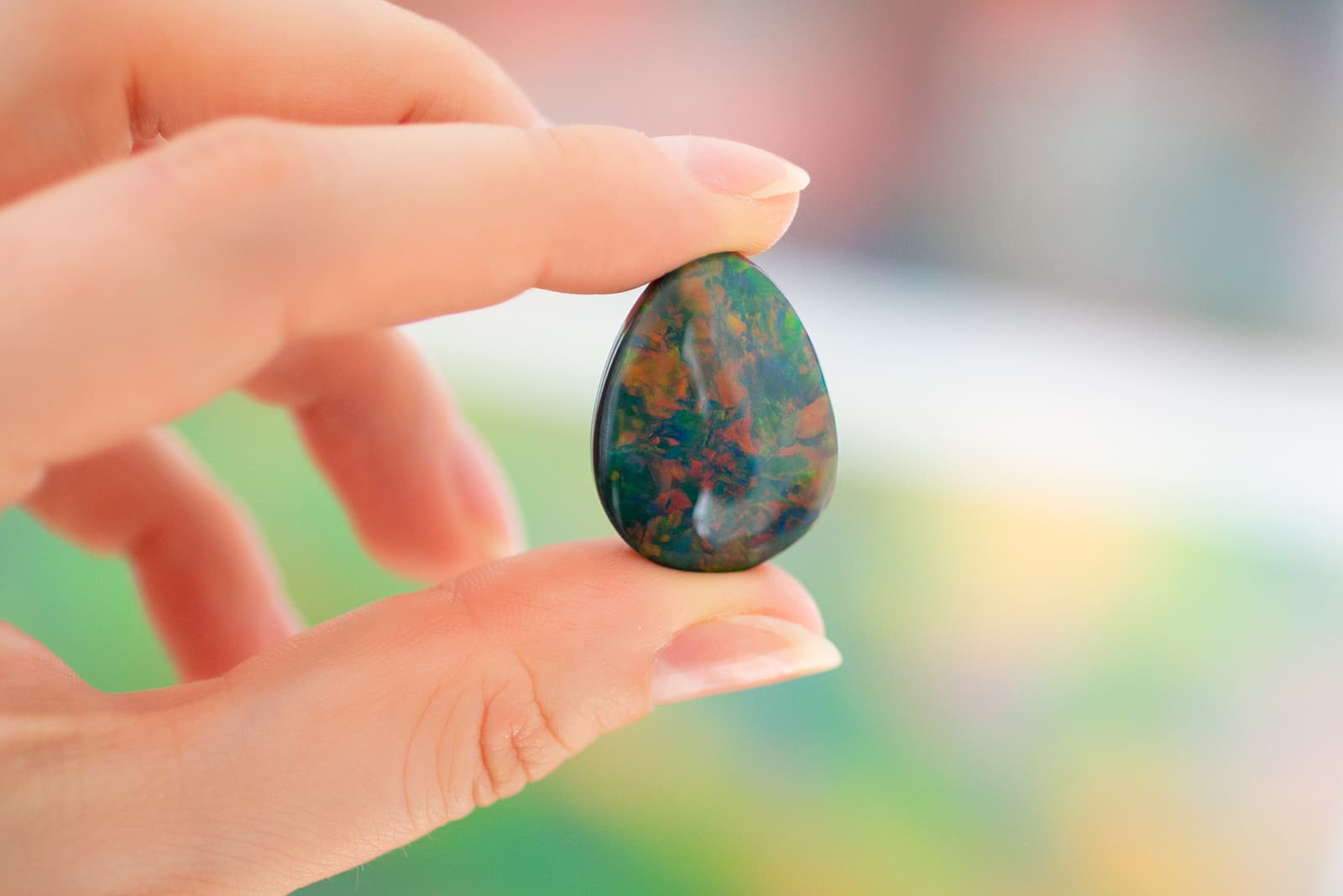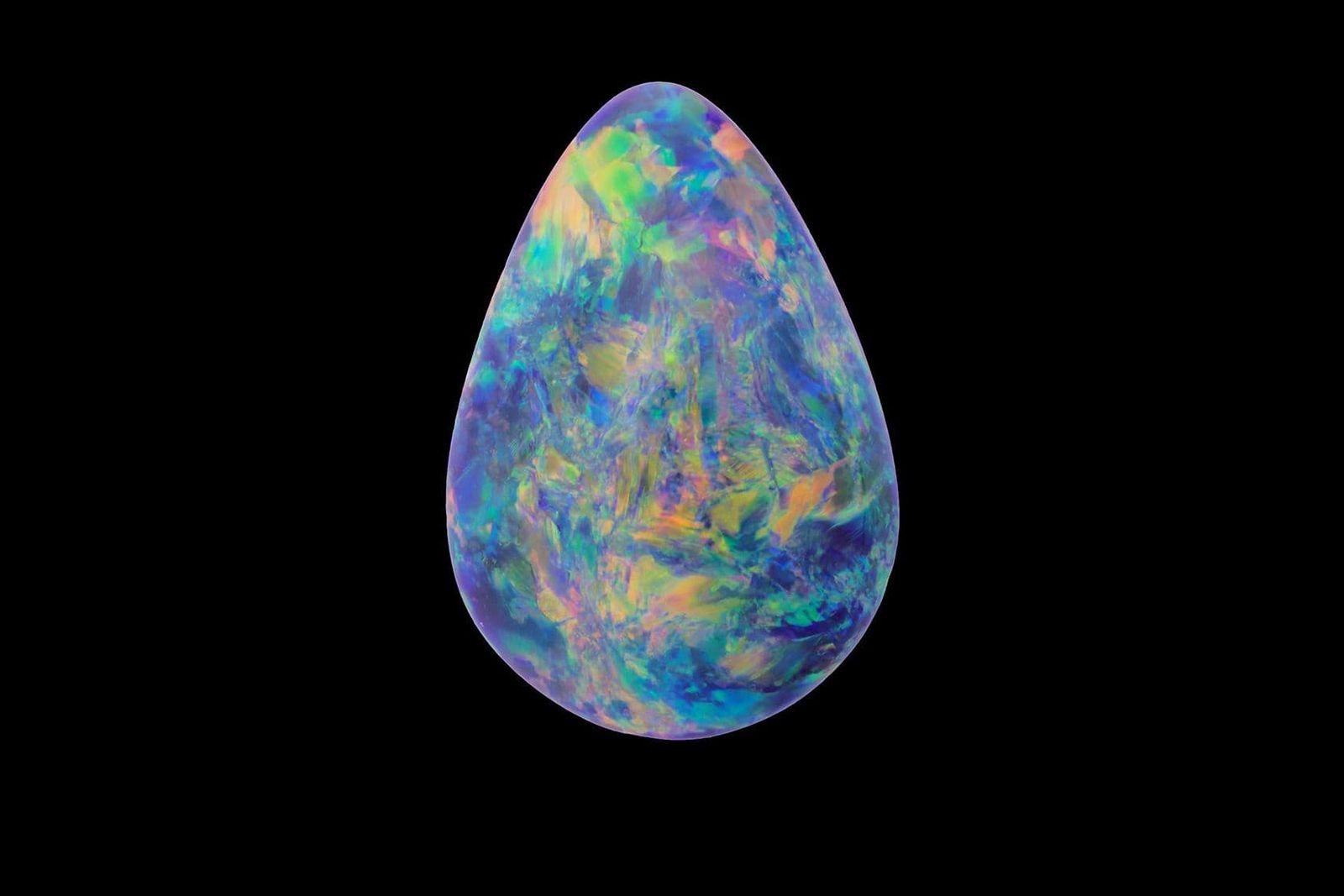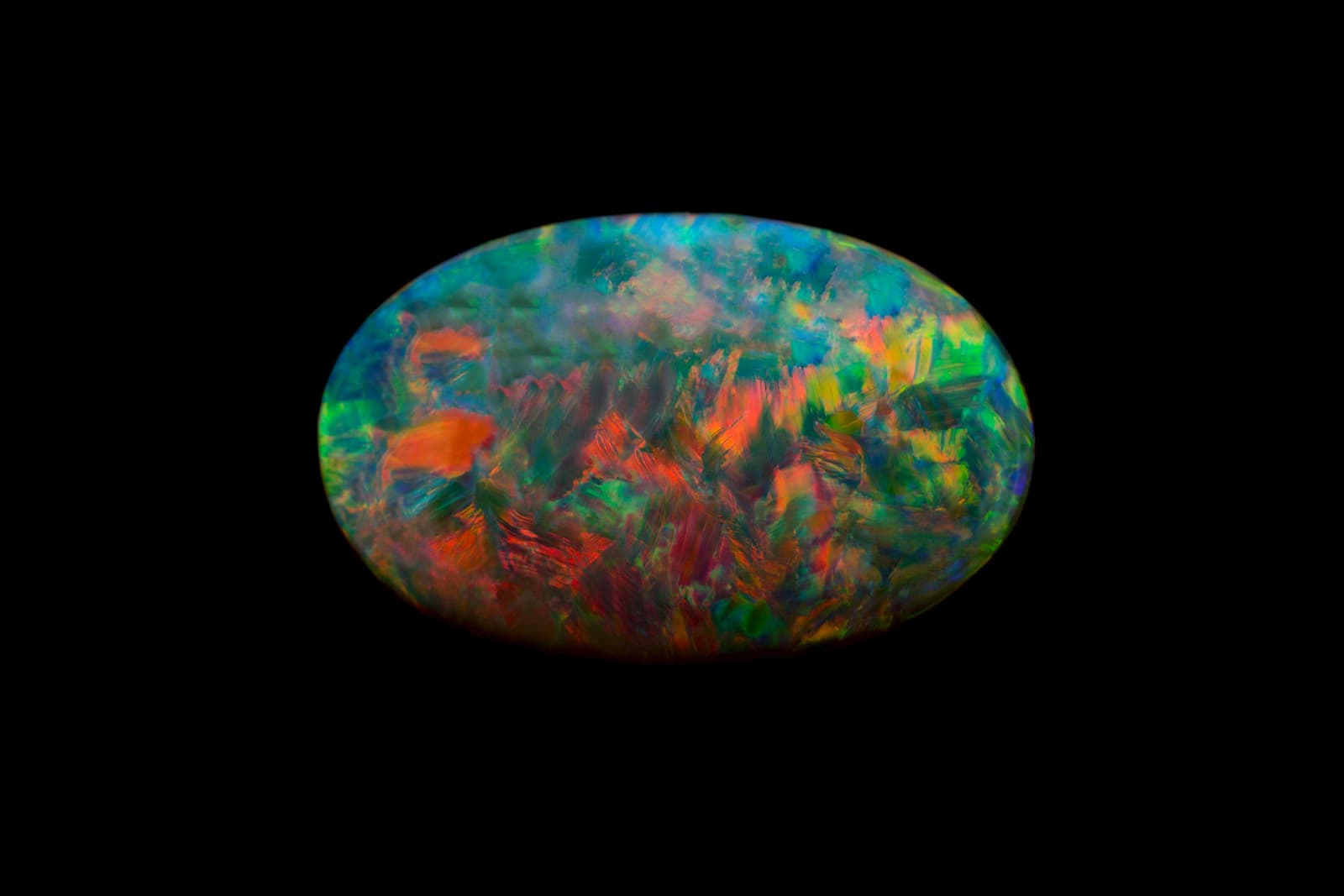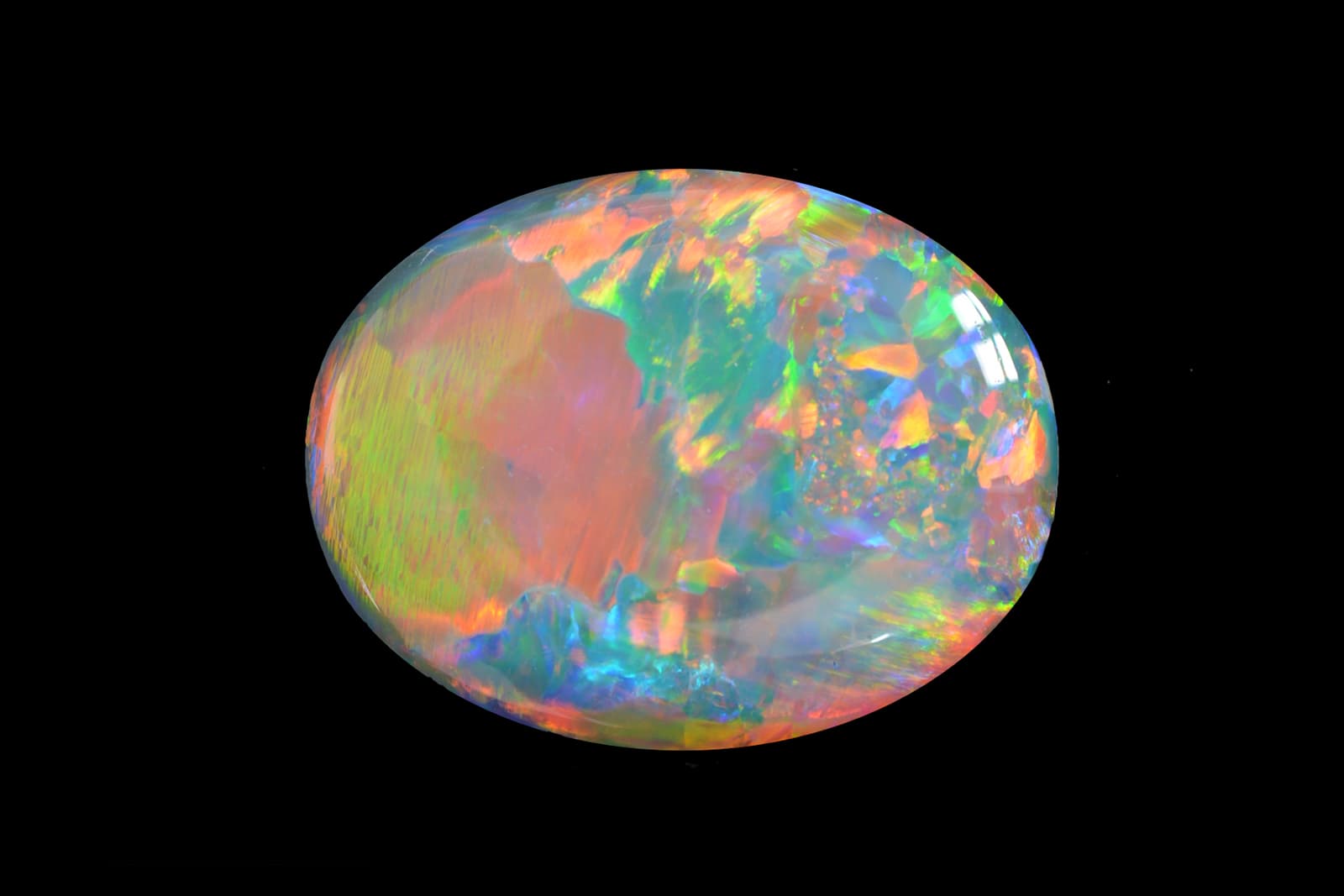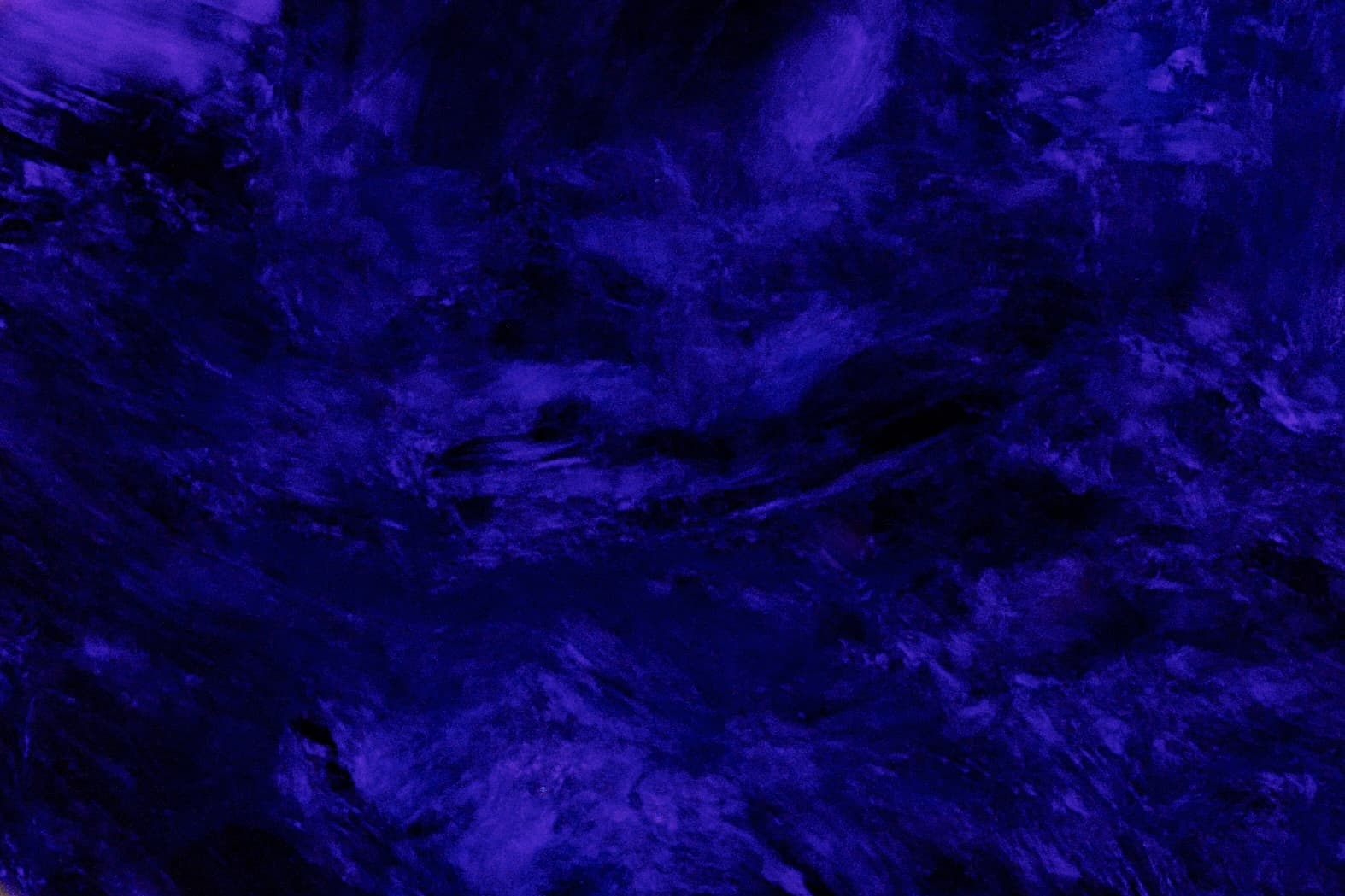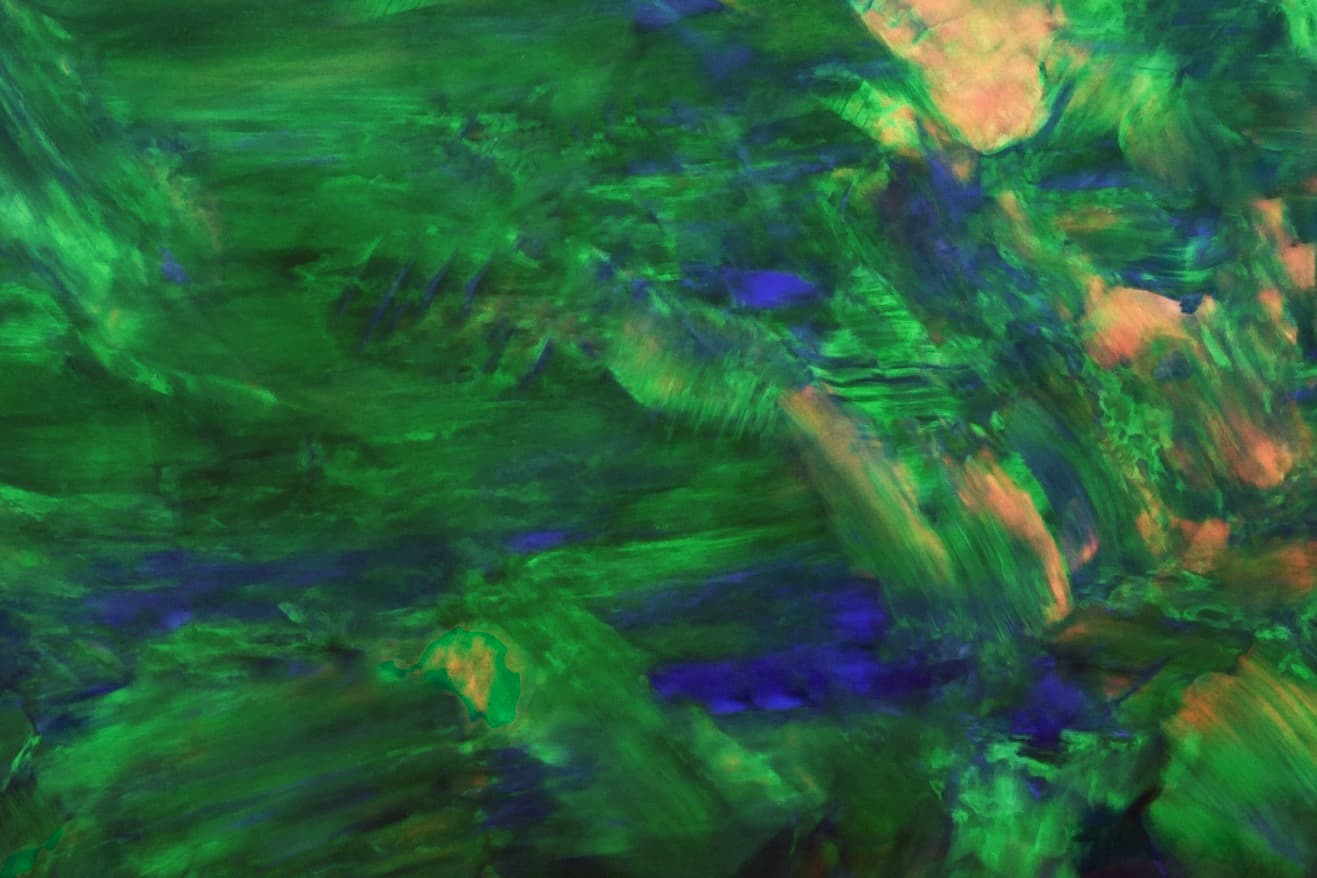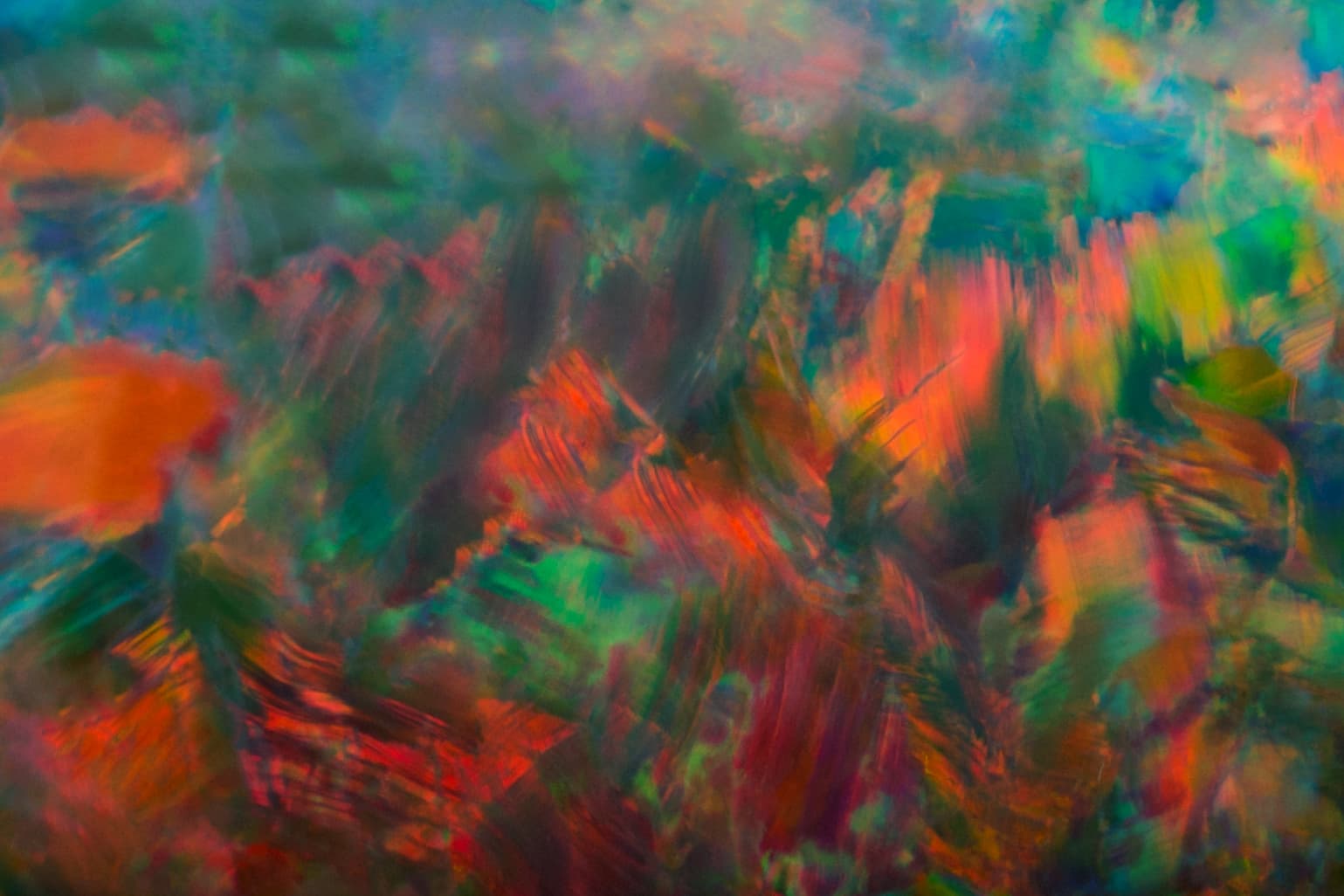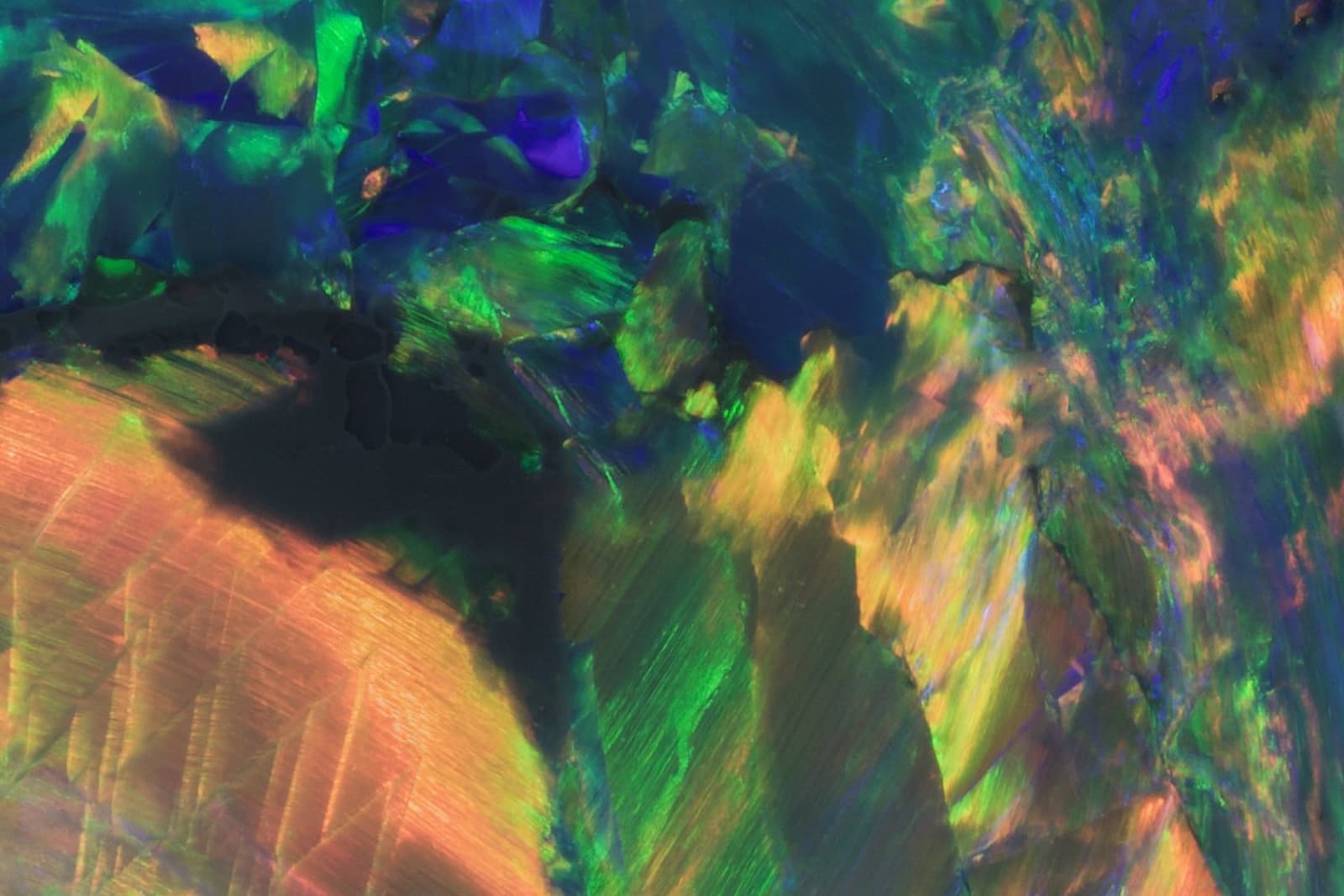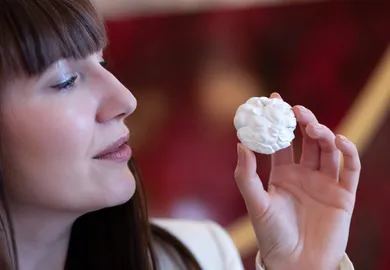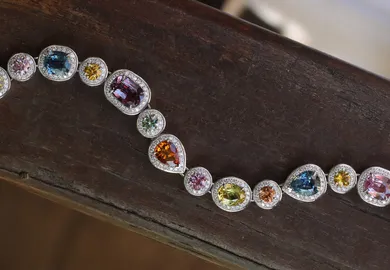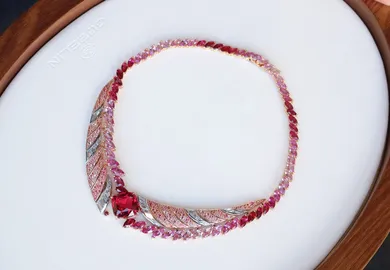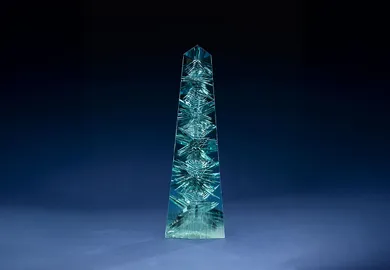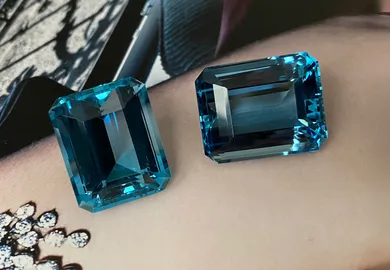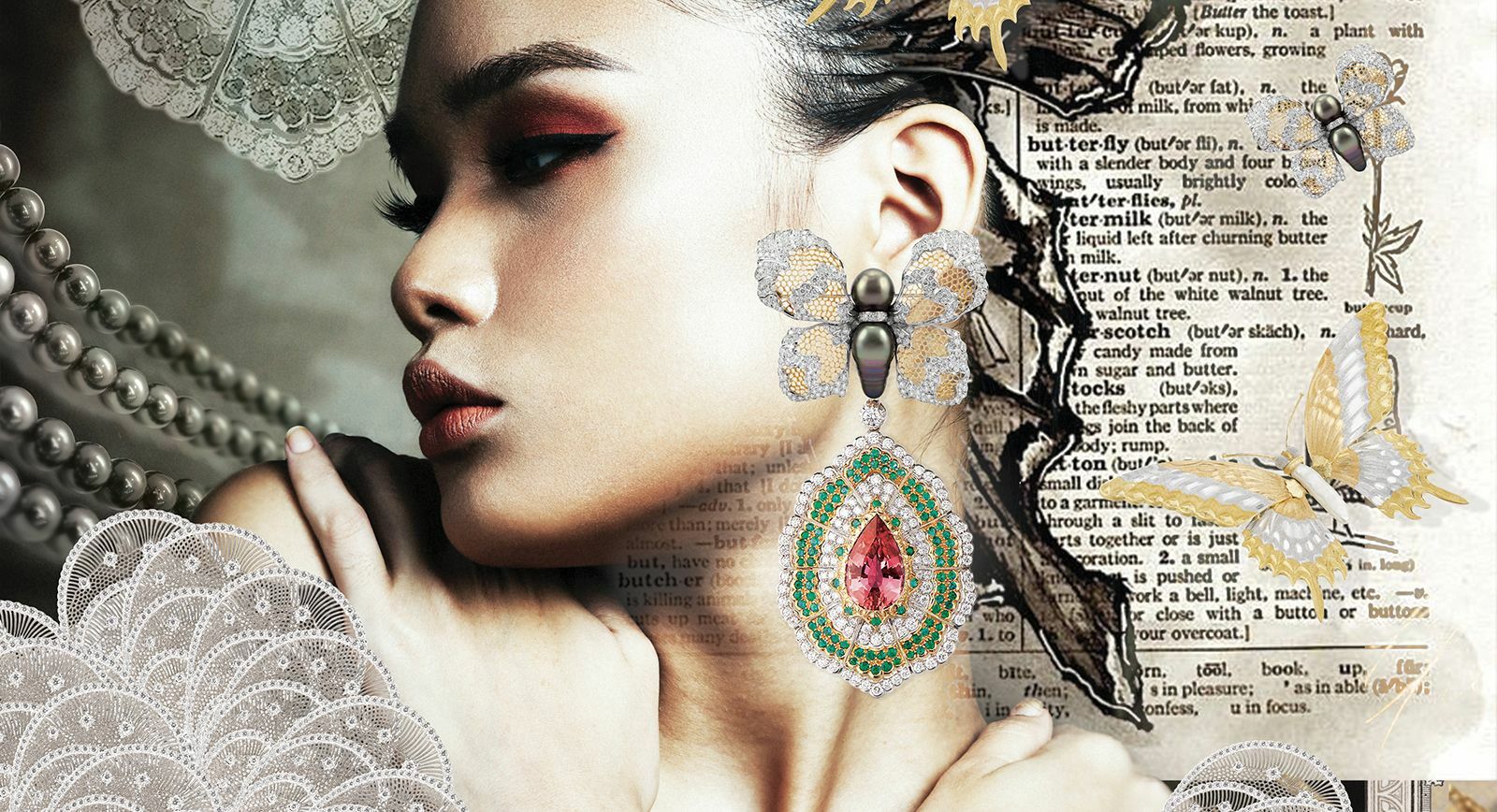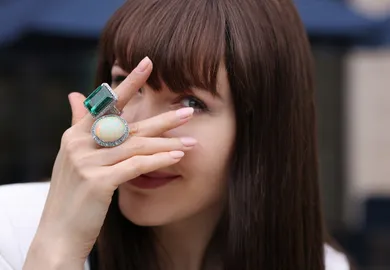
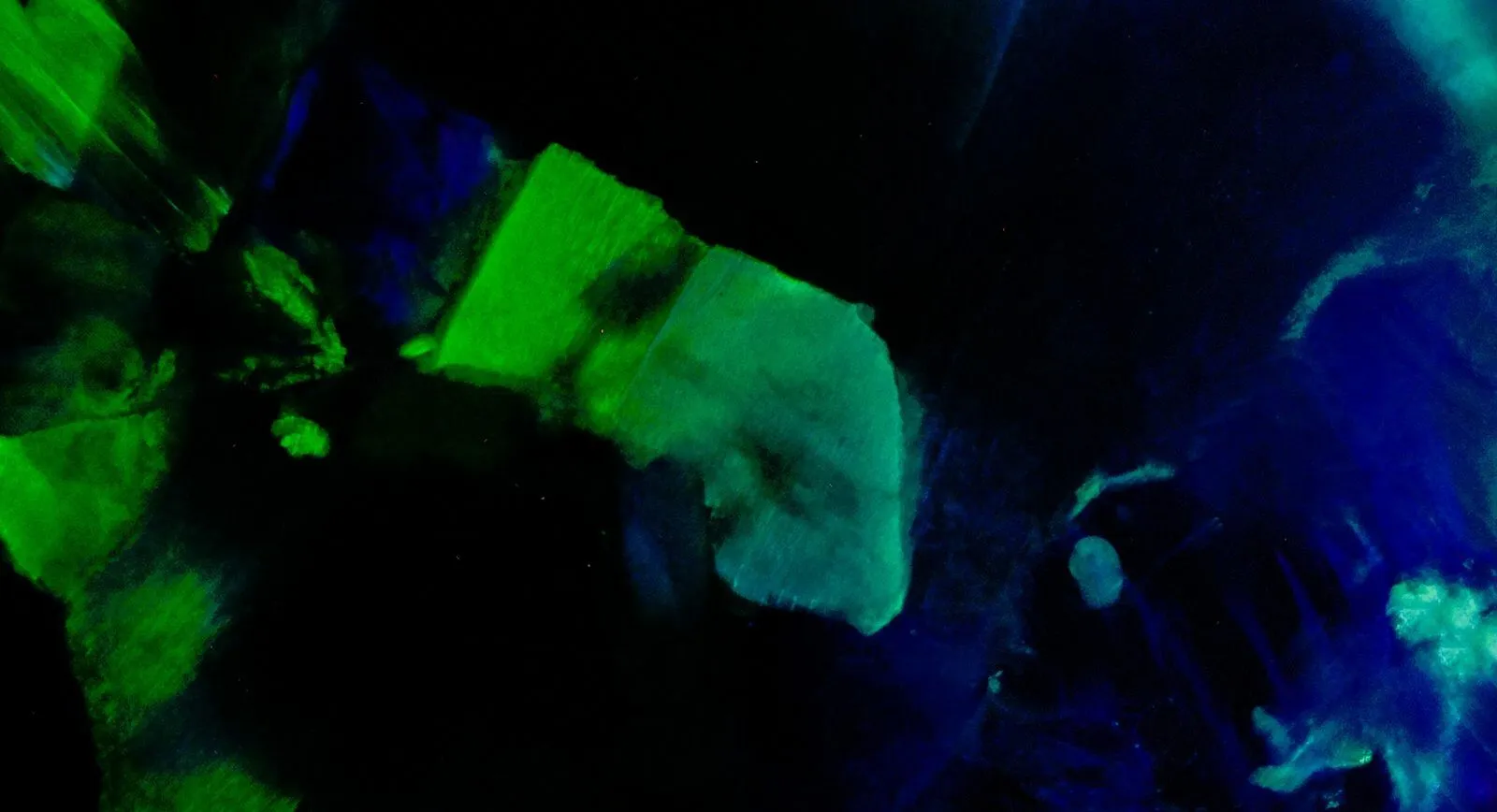
Opals Rediscovered: The Mysteries and Misconceptions of Black Opal
Of all the opal types, Australian black opal is the rarest and the most coveted among precious stone collectors. But even with all the knowledge we have of opal formation and play-of-colour, there’s still much to learn and rediscover about this remarkably iridescent gem. Here, Laurent Decque, Margaux Allaire and Cloé Wetzstein at French opal specialist, IMAGEM, and Australian-based expert, Chris Price, tell me more about the inky depths of black opal, the pages of an exciting new book, and their upcoming appearance at GemGenève.
As names for famous mining locations go, ‘Lightning Ridge’ is certainly up there with the most evocative and exciting monikers in the world of gems. It’s located in New South Wales about 50km from the southern border of Queensland, Australia, and has specific geological conditions that give birth to the finest black opal. “The darkness of the background makes the plays of colour of the stones even more intense as if the stone itself was giving off its own light,” explains Laurent Decque, CEO of the French gemstone specialist, IMAGEM.
Laurent established IMAGEM in 2003 and, since then, he’s been joined by his son, Brice Decque, on an adventure that’s rich with rubies, emeralds, sapphires and particularly Australian black opal. IMAGEM now boasts new team members, including Margaux Allaire and Cloé Wetzstein who specialise in international management and gemmology, respectively, and the team works together to offer fabulous opals and calibrated stones for clients across the world. The business is on a mission with its partner, Chris Price Opals, to help jewellery connoisseurs fall in love with black opals and understand more about their natural uniqueness.
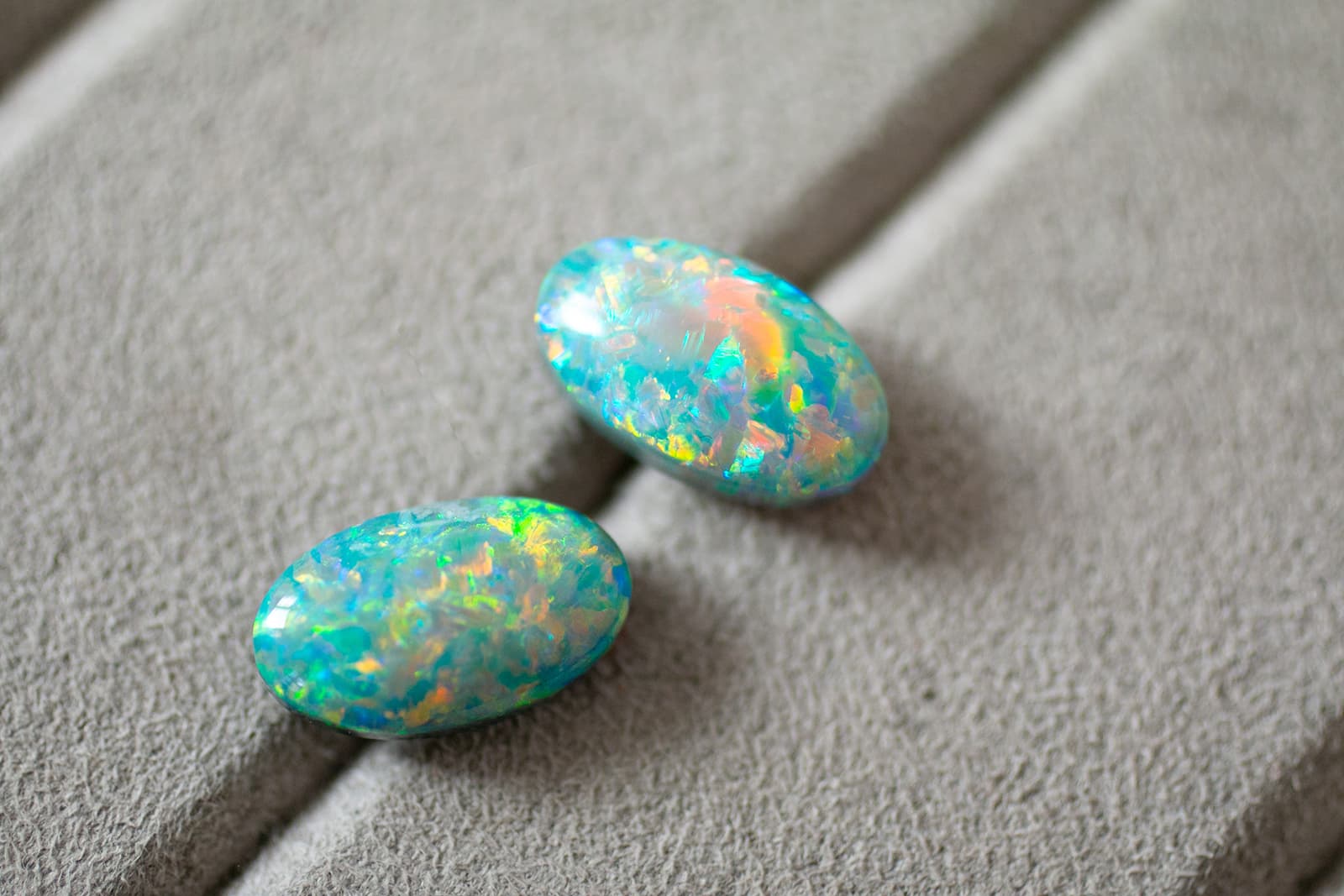
Australian opal with multi-coloured flashes from IMAGEM
As there is only one place on Earth where it can be found, black opal resources are getting more and more limited, which makes them one of the rarest gems. – Margaux Allaire, IMAGEM Partner
To put this in perspective, the area that produces true sedimentary black opals is only 1,800 square kilometres. Here, we can also find white opals and crystal opals, but not boulder opals which are found in Queensland. It is also important to remember that not all opal produced at Lightning Ridge has a dark enough body tone (otherwise known as its ‘hue’) to be described as ‘black’. Some are better referred to as ‘dark’ opal. The deepest, darkest black opals are the result of manganese and nano-sized carbon particles infiltrating the opal silica solution during the process of formation. Let’s just call it nature’s ‘happy accident’!
For jewellery lovers who are trying to navigate the opal market to buy their perfect jewellery piece, there are many factors to consider. One of my favourite quirks of opal, though, is that it is not yet truly understood… the natural circumstances that allow the formation of spherical silica crystals that form the body of opals is still a bit of a mystery!
I often describe the uniqueness of each black opal by using the comparison to human beings. We all have a different DNA and different fingerprints, so it is with black opal. Each gemstone has at the very least a slight variation of crystal size that creates a clear difference between each black opal stone. Each black opal is a rare moment of colour, pattern and shape moving within each black opal in a symphony of beauty. – Chris Price, an Opal Expert Based in Sydney
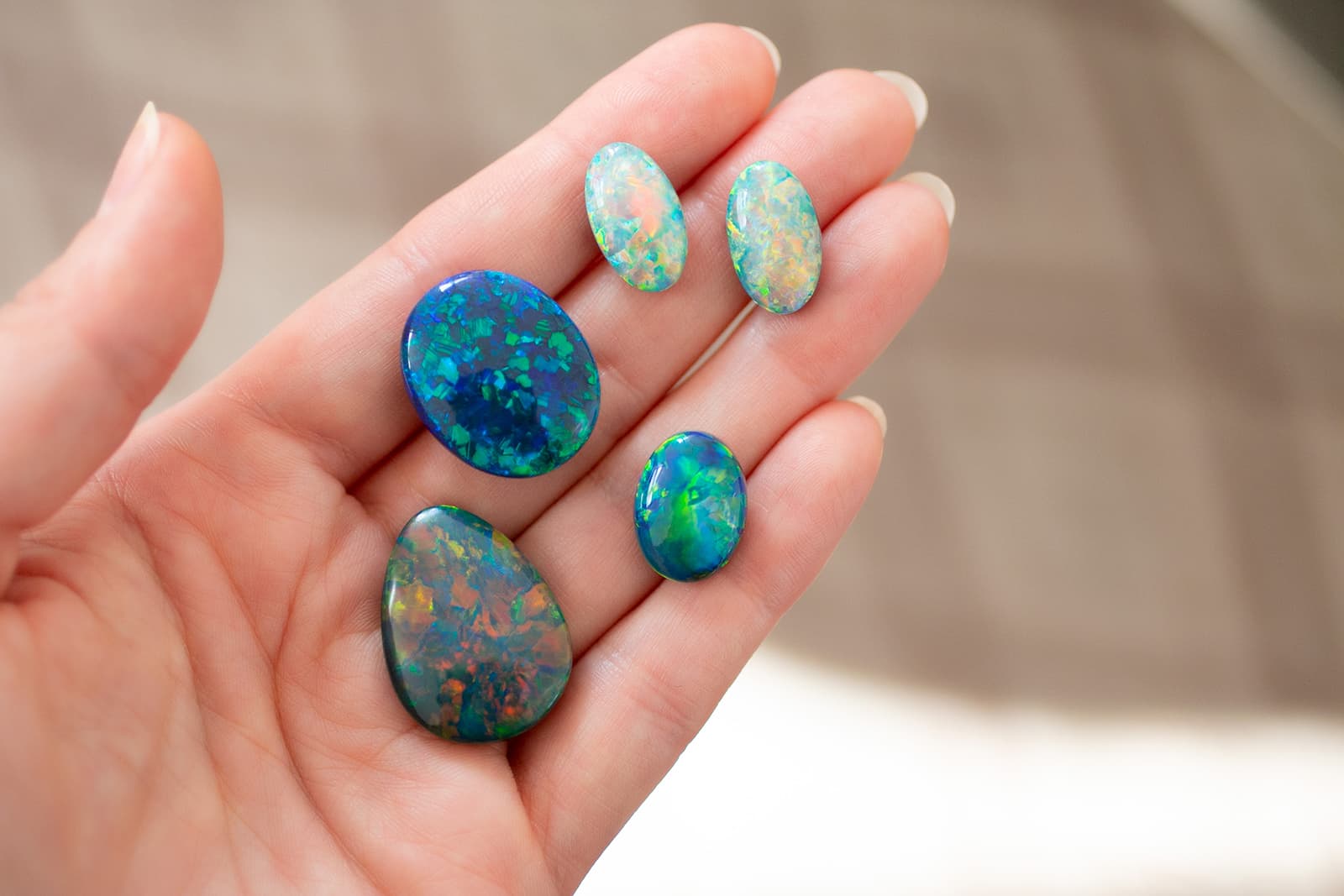
A selection of opals, including Australian black opals, courtesy of IMAGEM
I enjoy the idea that black opals are a ‘symphony,’ especially as both opals and music have the power to evoke real emotions. Take, for example, the fact that opals were considered bad luck and harbingers of doom in the late 18th and 19th centuries – they were thought to be prone to breaking, which imbued them with negative traits. Of course, we’ve been able to set some of these old superstitions aside and appreciate opals for the majestic stones they are. Australian black opal is far tougher than popular myth suggests, and it sits at 6.5 on the Mohs Scale, which is comparable to emeralds. Unlike other types of opals, Australian black opal is quite stable and doesn’t require types of oil or water conditioning, although it still needs to be handled with care and kept away from harsh chemicals and hard knocks. It helps here to remember the comparison between black opals and human beings – they both like ambient, comfortable temperatures, to be treated with kindness, and to be kept away from bumps and bruises!
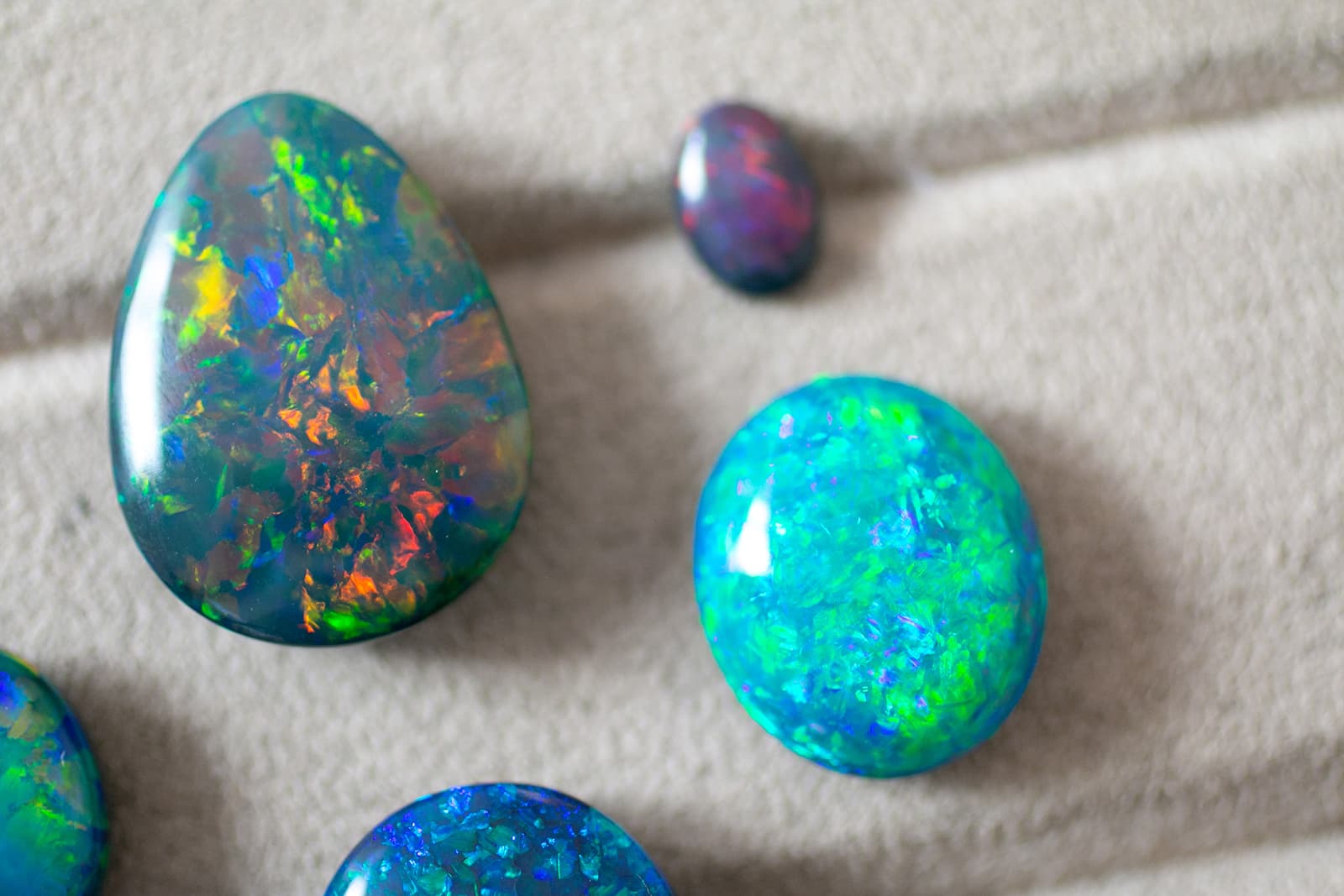
IMAGEM and its partner Chris Price Opals specialise in black opals from New South Wales, Australia
One of the things that IMAGEM is keen for its customers to understand is that not all opal is the same. Depending on where it is from in the world, opal can have different characteristics. Cloé Wetzstein, a Graduate Gemmologist working at IMAGEM, says: “Opals from Australia are sedimentary, whereas other opals in the world are mostly volcanic. This difference is important because it changes the chemical composition and the likelihood to crack. Lightning Ridge opals are very stable and unlikely to crack.” Plus, we must also remember the skill of specialist opal lapidaries, gem-setters and jewellery makers who are used to working with this material and know-how to make the absolute best of it.
One of the best places to see the finest examples of Australian black opal is in the book “Black Opal, Only From Australia,” which features the creations of 50 jewellers as a tribute to this magical gem. IMAGEM also decided to fill the book with helpful information for collectors, including chapters on mining, history and gemmological analysis. IMAGEM will be doing a book signing at GemGenève 2021, booth number A19, at 4.30PM on Saturday, 6th November, which is also a great opportunity to learn more about the six factors that influence black opal value, including play of colour. You may already know that the highest value shade to find within an opal is red, followed by orange, gold, green and blue. What you may not know is that these colours are given a numeric grade from one to 10, with 10 being given for a rich and healthy blood red colour and just one given to a pastel pinkish red, for example. This method of ‘scoring’ black opals is how Australian black opal specialists arrive at a value for each gem.
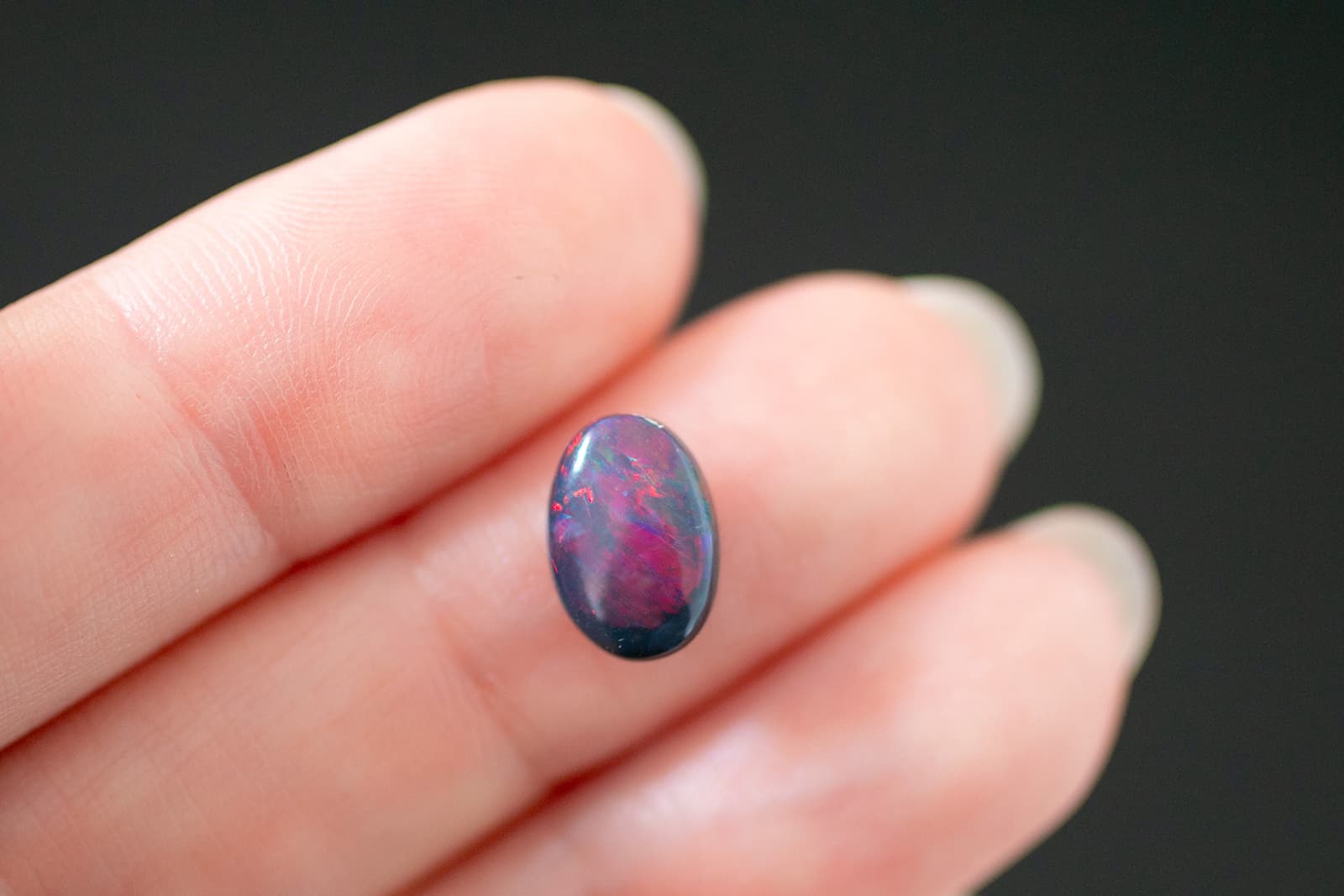
A small Australian black opal with an extraordinary red-purple play of colour, courtesy of IMAGEM
Bearing all this in mind, imagine trying to find two similar opals for a suite of jewellery or a pair of earrings! Finding complementary stones that will match in colour, pattern, shape and dimensions can take years, if not decades. A single pair of earrings may have been ‘in progress’ for years before they are presented in a sparkly atelier and end up on your lobes.
Although there are patterns and colours that have more scarcity than others, IMAGEM believes uniqueness and personal perception is the key to true value. Cloé says: “I think what makes an opal special is not its monetary value, but its uniqueness and how you feel and interact with the stone.” If you’ve ever had the chance to hold an Australian black opal, you will certainly appreciate this point of view.

WORDS
Katerina Perez is a jewellery insider, journalist and brand consultant with more than 15 years’ experience in the jewellery sector. Paris-based, Katerina has worked as a freelance journalist and content editor since 2011, writing articles for international publications. To share her jewellery knowledge and expertise, Katerina founded this website and launched her @katerina_perez Instagram in 2013.
